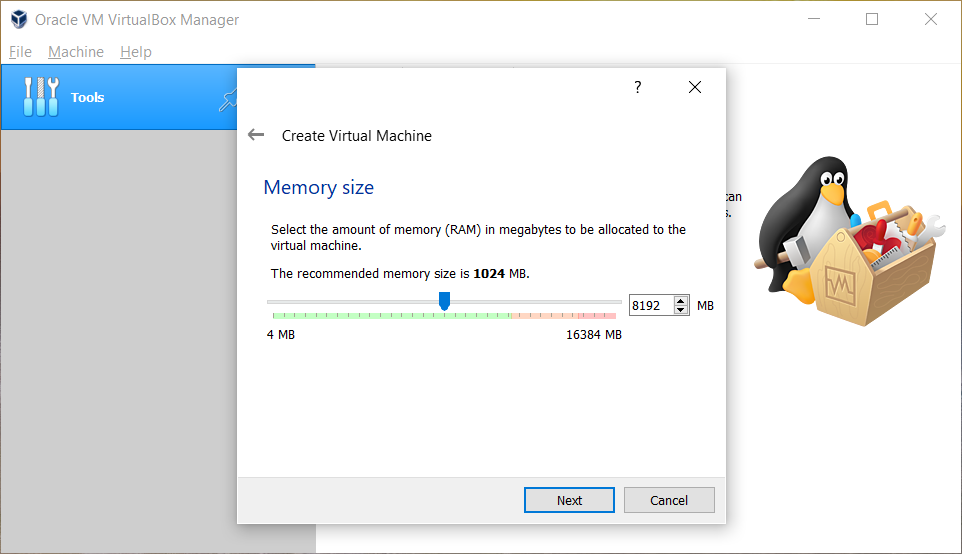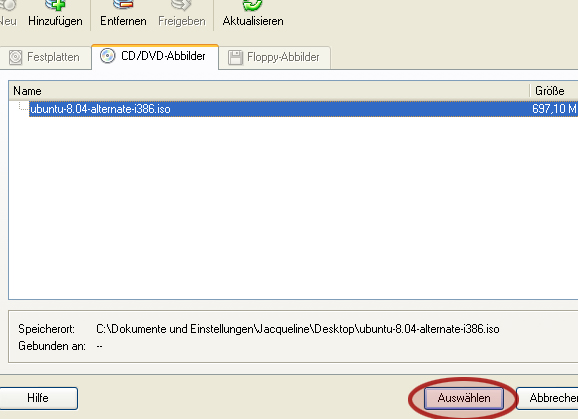

With that in mind, we decided to put together a list of the best Linux distros for VirtualBox that are known to offer good virtualization support. Hardware requirements aside, some distros are simply better than others at acting as guest virtual machines. Make sure to install the virtual machine on a computer that has at least a dual-core processor because you’ll need to reserve one core for Linux. If you’re running old hardware you’ll definitely want to look into some lightweight distros with modest system requirements. First and foremost, you’ll want to make sure that your system has enough resources to support both your current operating system and the virtual machine. VirtualBox isn’t the only application that can do this but it is better than most at creating virtual machines that support unmodified operating systems along with any software you may want to install on them.Īlthough most Linux distros work just fine with VirtualBox, there are a couple of very important things to keep in mind before you choose a distribution. Thanks to virtualization apps like VirtualBox, you can easily create a separate environment on your machine dedicated exclusively to running Linux.


Note: replace 192.?.?.? with the IP address of the Windows host On a remote computer, type in the following command to access the Ubuntu instance. Then either restart the service or simply reboot. If the telnet server is not installed, the open up a Terminal and run the following command. Note: in this example, when accessing remotely, the port called should be 3023. Change the Host Port to an unused port e.g.The Port Forwarding Rules dialog box appears. In the Settings dialog box, select Network.The following points illustrate the procedure. This can be simply by configuring the Ubuntu VirtualBox instance's network port forwarding in the VirtualBox graphical user interface. An Ubuntu 19.05 VirtualBox instance running on a Windows machine can be configured to be accessible remotely via telnet.


 0 kommentar(er)
0 kommentar(er)
